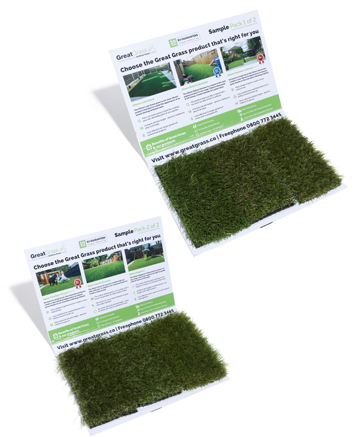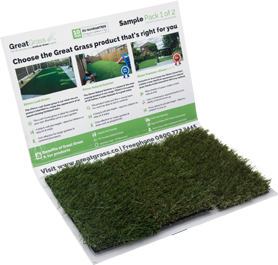As we said in part one of this blog series, we love it when our customers are up to date on the process undertaken before they receive their product, however many of our customers do not know the first thing when it comes to artificial grass. Fret not, here is part two of the process…
- As the mesh sheeting is sewed together with needles, a series of small knives cut the yarn so that it resembles spikes of real grass. The process is much faster than if we were to wait for real grass to grow.
- Whilst this process is undertaken, an inspector examines the turf to ensure that it is even.
- After this, specialist machinery transports the grass to a coating roller, which picks up a layer of adhesive from a tank below it and applies it to the back of the turf as it moves along. This process helps to bind the loose artificial grass web to the backing on the mesh.
- At this point in the process, the adhesive resembles a gooey texture and as such, must be dried.
- The grass is then transported to a dryer, which is partly open and party closed. The enclosed section, which is around 50 metres long, has its temperature very closely controlled- as if it becomes too hot, there is a possibility that the synthetic grass may melt.
- As the grass exits the enclosed area, hot pins puncture the turf in order to make it water permeable.
- After this, the turf will undergo further inspections to ensure that the grass looks realistic and high quality on the surface. Loose bits will be pulled out and the fibres will be measured at this stage.
- Finally, the section of grass is wrapped up and prepared for delivery to the appropriate destination.
Here at Great Grass, we like to think we are the best artificial grass installers around. Our knowledge of the process that is undertaken to receive the finished product of artificial grass not only sets us above other companies, but also shows that we respect our product. Get in contact today to find out more information!


